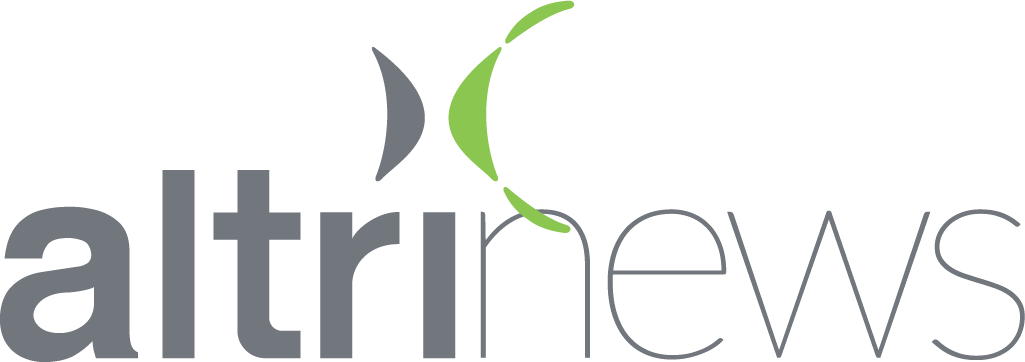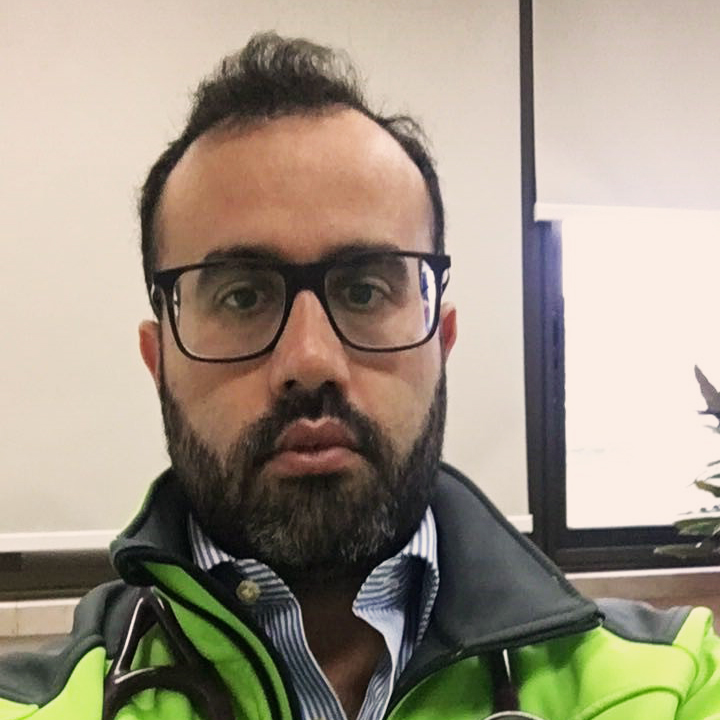Occupational Medicine: preventing health risks
Occupational Medicine is a medical speciality in which the workplace takes centre stage in preventing occupational hazards, protecting and promoting health and providing workers with access to Health and Safety at work
Occupational Medicine is a medical speciality in which the workplace takes centre stage in preventing occupational hazards, protecting and promoting health and providing workers with access to Health and Safety at work.
Good Occupational Medicine practices have been well defined by most of the scientific community and by the major international bodies such as the World Health Organization (WHO) and the International Labour Organization.
Occupational Health entails responsibilities and legal obligations which have also been very thoroughly stipulated in Portuguese law, in accordance with Law no. 102/2009, enacted on 10th September 2009.
To wit, it should 1) assure workers have good health and safety conditions in place in all aspects of their work; 2) implement necessary preventive measures, which should be preceded and substantiated by the result of the occupational hazard assessments at the various different stages of the production process; 3) permanently and continuously take steps to ensure workers can perform their jobs under good health and safety conditions, taking into account the principles of prevention of occupational hazards; 4) organise health and safety conditions as appropriate for the work geared towards the specific risks faced by the company; 5) assure workers’ health is monitored in line with the occupational hazards to which they are potentially exposed in the workplace;
A worker’s job is their source of income, and means of personal fulfilment and social integration, and they have an expectation and right not to have their health damaged or have their life expectancy and quality of life diminished as a result of exposure to occupational hazards during work.
In turn, an employer expects a return on its investments, and wants to guarantee the reliability and productivity of its human resources. Employers have the social responsibility and legal duty to ensure this by optimising working conditions and processes, motivating and enabling workers, and not implementing practices which jeopardise the health of their workers, communities or the environment.
Occupational hazard exams, which stipulate suitability or unsuitability for work, are the favoured method of reconciling these two realities which are not always concordant, since they are an exclusive responsibility of Occupational Medicine, and can only be performed by the Occupational Health Service which marries Occupational Medicine, Occupational Nursing and Occupational Health and Safety, among other things.
Suitability for work is a very misunderstood concept which always has a temporal component specific to the job, and which essentially defines a worker’s capacity to perform “a certain job”.
The occupational health exam basically relates to how a worker’s health status is suited to their job and position.
A worker with a disability or impairment may be perfectly suitable for an occupation whose demands do not “interfere” with his or her health. An example of this would be an administration worker whose lower limb paralysis does not negatively impact the demands of the job. However, if the worker in question were a high-voltage technician, then this disability would of course lead to them being declared unfit for work.
A company doctor therefore cannot make a decision based solely on an assessment of a worker’s health, but rather on an interpretation of how the worker’s health impacts on the specific demands of the job.
This framework is completely different from the very common view that a company doctor assesses someone’s health without taking into account the demands of the job, and establishes physical and mental fitness via – among other things – a clinical assessment and complementary analytical methods, by look and/or by function, which are completely unrelated to specific job situations.
Unless we understand this it is difficult to understand the purpose of medical monitoring (or health monitoring) in Occupational Medicine: to prevent potential (occupational) hazards to health and to promote workers’ health.


